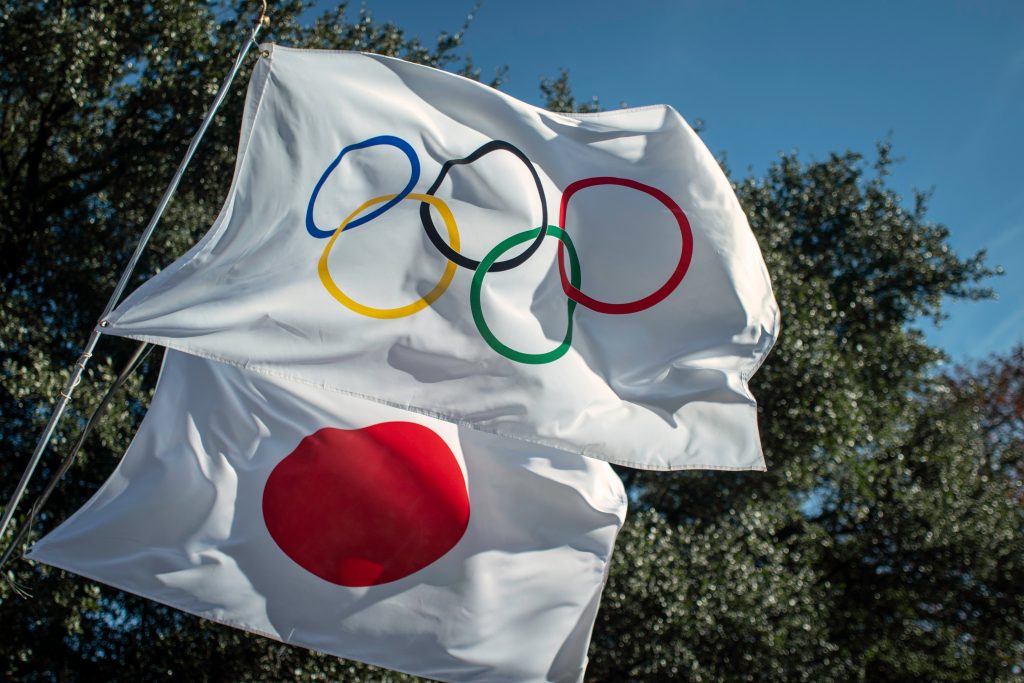
- ARAB NEWS
- 01 Aug 2025

TOKYO: The entry to Japan by athletes and others related to the Tokyo Olympics and Paralympics is expected to have a limited impact on the number of new cases of novel coronavirus infection in the Japanese capital, a University of Tokyo survey has shown.
But the count of new infection cases will be greatly influenced by the movement of people during the Tokyo Games, according to the research by a team of the university’s Graduate School of Economics, including associate professor Taisuke Nakata.
The team said that curbing the flow of people, including at public viewing events, will be important for reducing infection cases.
About 15,000 athletes and 78,000 other people related to the Olympic and Paralympic Games are expected to visit Japan during the events. The Olympics and Paralympics are slated to take place between July 23 and Aug. 8 and between Aug. 24 and Sept. 5, respectively.
The team carried out the study based on the assumption that a total of about 105,000 people, including athletes, officials and journalists, will visit Japan, half of them will have been vaccinated against the coronavirus by the time of their arrivals and 100 people carrying the virus will enter the country with their infections not being detected through quarantine procedures.
In case the Japanese government’s current coronavirus state of emergency, which covers Tokyo and nine other prefectures, is lifted in mid-June and if 600,000 jabs are given a day in the country, new infection cases in Tokyo would likely peak again in mid-October, the team said.
If the Olympics and Paralympics are canceled, the average daily number of new infection cases in Tokyo would come to 822 in the third week of October, it said.
Even if the events are held as planned with athletes and others visiting Japan from abroad, the average number in the week would be 842 if the movement of people is fully controlled, the team said.
In case the flow of people increases 2 pct, meanwhile, daily infection cases in the capital would average 1,046 in the third week of October, it said, adding that a 6 pct increase in the movement of people would lead the average figure to increase to 1,600.
“How we will curb the growth in the flow of people, including those going out to watch Olympic and Paralympic competition events at sports bars and other places, is very important,” Nakata said.
JIJI Press